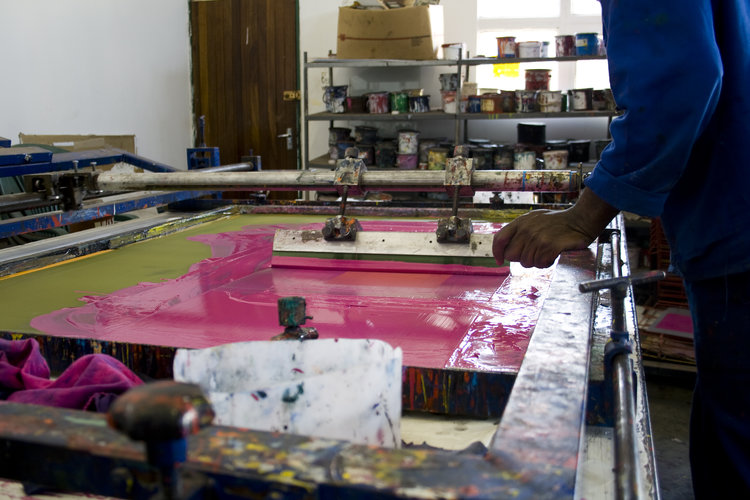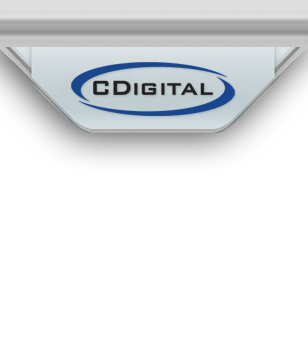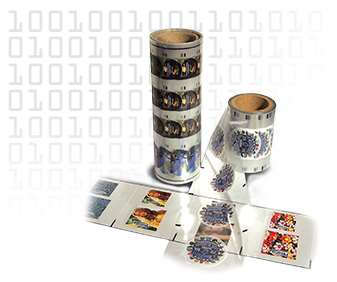
A digital heat transfer, meanwhile, is a dry process that uses heat and pressure to apply a pre-printed digital graphic (transfer) to a part or product.
There are so many product decoration choices on the market today that manufacturers, ad specialty companies, and decorators can easily become overwhelmed. How do you choose the right form of product decoration for your needs and budget? Each and every production process has its pros and cons, which can make it rather difficult (and confusing) to compare your options.
In this week’s article, we are going to compare two popular forms of product decoration – screen printing and digital heat transfers.
How Does a Digital Heat Transfer Differ from Screen Printing?
Screen printing uses stencils (screens) to print an image directly onto the substrate (object) – plastic, fabric, ceramics, etc. Each color is applied one at a time using a different stencil to achieve the final look. While this process is very popular amongst product decorators, it has several drawbacks:
- Set up time can be quite extensive, especially for more complex, multi-colored images. This can greatly increase turn times and costs. Screen printing is typically only cost effective in large, mass productions. Short runs are not cost effective.
- Because of this complex, multi-step process, smooth gradients and small, intricate details are not easily achievable. This also means that small variations in a single step could distort the final product.
A digital heat transfer, meanwhile, is a dry process that uses heat and pressure to apply a pre-printed digital graphic (transfer) to a part or product. Each transfer is printed at 1200 dpi and 266 lines per inch using the cmyk+w spectrum, capable of hitting over 10,000,000 colors with fluid gradients.
“There are none of the traditional set-up requirements or costs,” explains Matt Regan, CDigital senior vice president. “Screens, blankets, dies and print stations for each color aren’t needed, so turn times are measured in days (often one), rather than weeks.”
However, one of the biggest advantages of digital printing is the ability to affordably incorporate variable data – numbers, barcodes, etc. – into large and short runs. This allows product decorators to offer a wide range of personalized products along with their regular custom decorated offerings.
A Digital Heat Transfer Company in the USA
Since 2001, CDigital has been an innovator in developing new systems and processes for using digital print technology to produce full color digital heat transfers for the product decoration industry.
Request a Quote
Because we are both local and fully digital, we can turn jobs around faster and for less money than both overseas printers and local screen or pad printers.
If you have any questions, please contact CDigital by calling 410-646-7800. For customers new to using heat transfers, Cdigital is happy to connect you with heat transfer equipment manufacturers whose machines will work best with our patented film.

